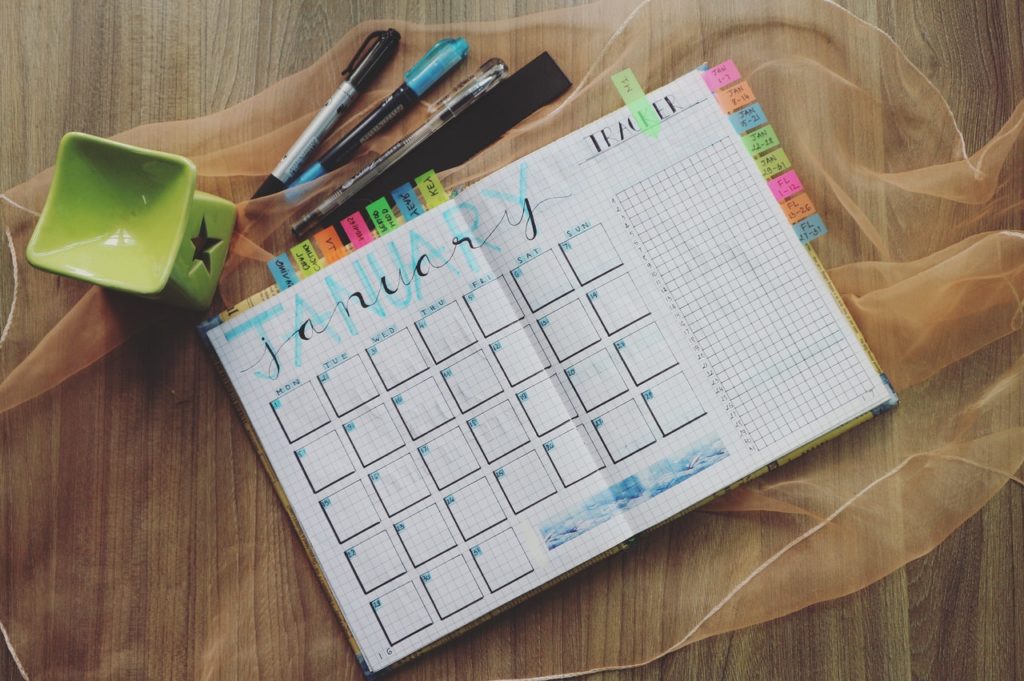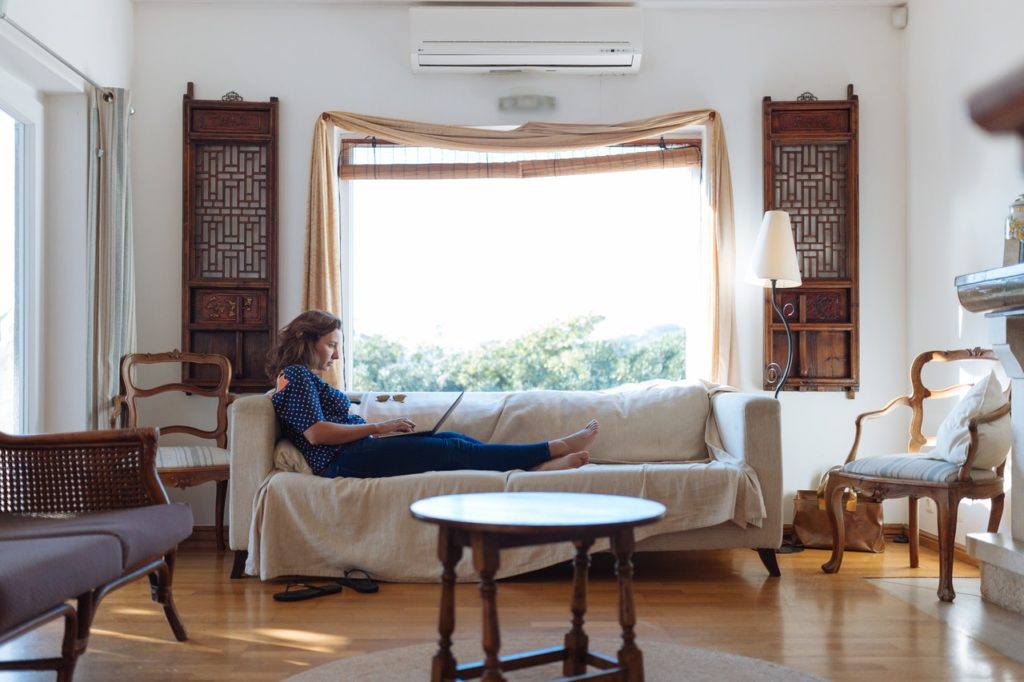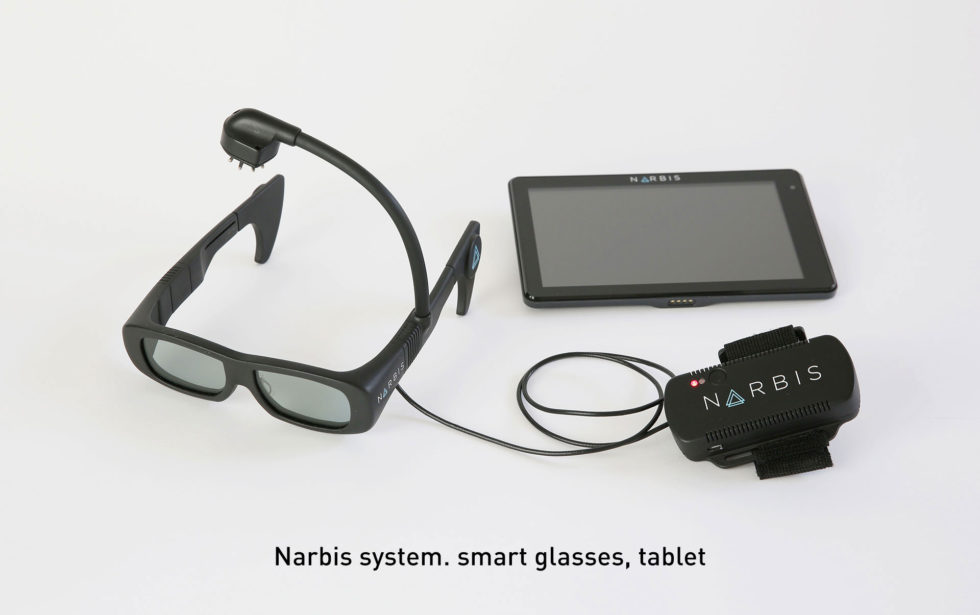Parenting with ADHD presents an array of struggles. Keeping track of doctor’s appointments, meal times, and school projects can be frazzling enough for the completely neurotypical, never mind parents whose minds are prone to wandering, having children or not. In the days when most of the US adult populace wasn’t working from home and school-age children, as the term would suggest, were studying at a brick-and-mortar school, dealing with daily work when having ADHD was enough of a challenge. When juggling the schedules of children becomes something that seeps into the traditional workday, parenting with ADHD can seem like a game of whack-a-mole. How do you juggle questions on your office Slack and dealing with your child’s defective school-issued laptop?
Here are some tips for parents with ADHD and other attention disorders on how to achieve work-life balance (or some semblance thereof) while working from home:
Tip 1: Schedule in the distractions.

Is there a time in your social distancing workday that tends to be more raucous than others? Build those into the schedule. Use those noisy periods to get done those tasks that, while important, might not necessitate the same level of intellectual intensity as would a major project. If your toddler is prone to throwing Cheerios from her high chair sometime mid-morning, use that time to organize folders on your company’s share drive, send a few short follow-up emails, or upload some expense reports. Added bonus: These low-burn tasks are often exactly the type of thing that can help anyone, especially those who have attention disorders, stay organized and on top of their work.
Tip 2: Have a sign that lets your family know when your office hours are open.

Children who are elementary school-age and older can learn certain signs of when a parent isn’t to be bothered. A closed door to the study means that “Mom is on work mode,” or Dad wearing a headset means it’s time to be quiet. Leslie Josel, an academic/life coach for teens and college students with ADHD, suggests in ADDitude Mag that parents who might be feeling anxious about the inability to be fully present in their child’s remote learning have the whole family work in the same space every day until lunch. Then, much like a study hall, family members can go to other parts of the house. In addition to creating quiet spaces in the house to focus or take a phone call, this can also help give structure in the workday, as well as encourage independent study among children.
Tip 3: Use tools to help calm the mind.

Tools such as Narbis neurofeedback glasses can help bring some mental quiet into the workday. Worn for some 15 minutes a day, three times a week, the lenses get darker as the sensors read that the wearer is getting distracted. By understanding which situations tend to inspire mental noise and which inspire concentration, the wearer can coordinate schedules accordingly. In turn, a set schedule can help give structure and, to some degree, resolve uncertainty about what’s in store for the rest of the day; meaning a calmer workday and less productivity-draining anxiety.
Conclusion
Amid the myriad struggles to reach some semblance of work-life balance in the COVID-19 era, at first blush ADHD might seem to compound them. Building in structure, whether ones of time such as schedules and deadlines, or physical ones such as use of space, can help bring some mental harmony to this time. ADHD can be a strength, rather than a distraction.







